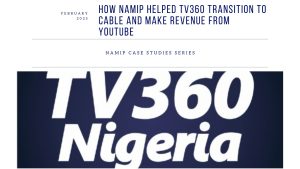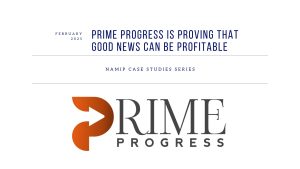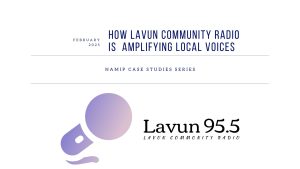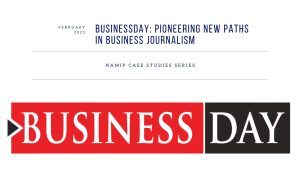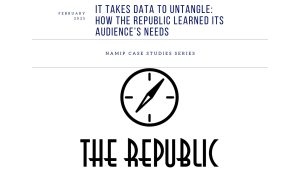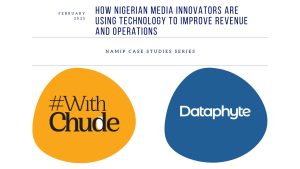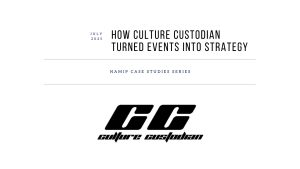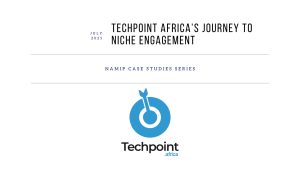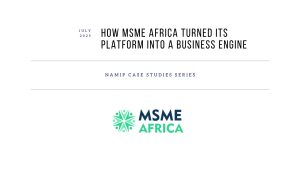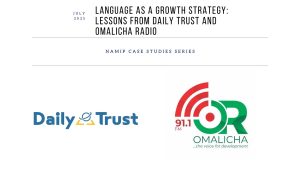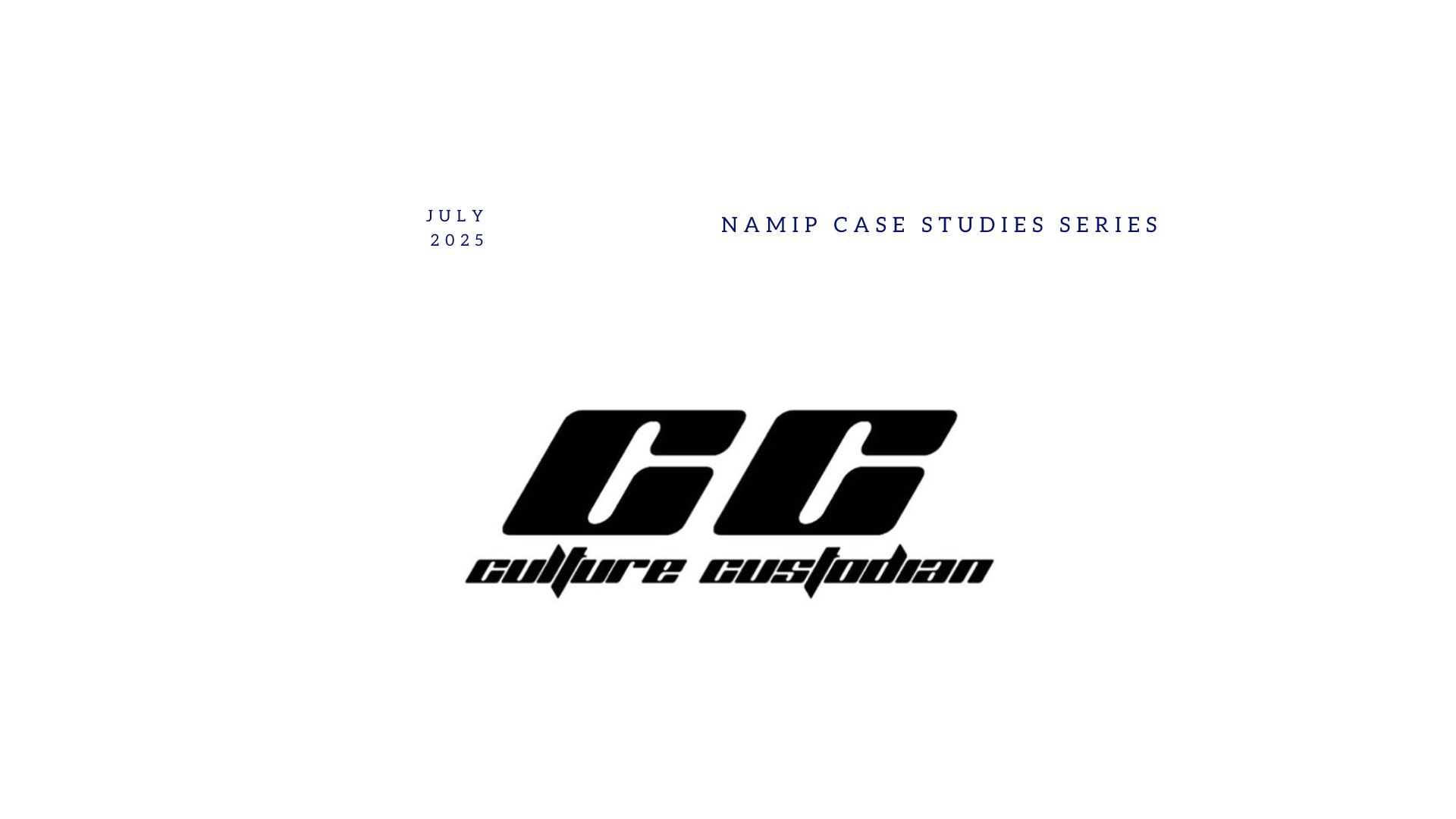
Culture Custodian
From Parties to Platforms — How Culture Custodian Turned Events into Strategy
Culture Custodian began as a digital media outlet focused on storytelling around music, culture, art, and youth movements in Nigeria. Its tone was distinct: casual but thoughtful, sharp but accessible. What set it apart was its ability to tap into the sensibilities of a young, digitally native Nigerian audience—people looking for media that understood not just their interests, but their context.
But while Culture Custodian built a loyal following online, turning that engagement into revenue presented the familiar challenge many independent digital publishers face: how do you monetize a niche audience in a tough market? The answer, for them, began offline.
Click Here to Download NAMIP’s 3 Year Impact Report
Built in the Dark: The Early Hustle
“Events were the first thing we actually did to make money,” says founder Mayowa Idowu. Before Culture Custodian had any significant digital revenue, it was organizing parties. The early model was straightforward: partner with a club, borrow money to book artists, and earn income through ticket sales and bar percentages.
“I remember borrowing money from my mum to pay artists,” Mayowa recalls. “I paid her back sometimes… other times, not so much.”
While these events weren’t particularly strategic at the time, they were a crash course in audience building and direct engagement. They also planted an idea that would shape the company’s evolution: people will show up and pay for well-curated experiences, especially when they feel like part of something.
Still, the demands of nightlife wore thin. “It just stopped being a good use of time,” Mayowa admits. Around 2019, Culture Custodian began phasing out club nights in favour of more intentional programming. That pivot accelerated in the pandemic years and afterward, leading to a new chapter of event-driven engagement with a clearer focus on brand alignment and audience experience.
From Vibes to Value: Redefining the Role of Events
“We started thinking more intentionally,” Mayowa says. “How do we do events in a way that reflects our brand, creates value, and builds a community we actually care about?”
What followed was a diverse lineup of events with distinct formats and goals: podcast live shows, curated showcases, and community-oriented gatherings like their recent Women in Media brunch. Each served a different purpose— some were designed to drive audience engagement and expand reach; others bolstered cultural credibility and community ties. Collectively, they contributed to both audience growth and the organization’s financial sustainability.
Among them, the podcast live shows stood out as a winning model. These ticketed events, often executed without sponsors, proved profitable. “We’re very unapologetic about pricing,” Mayowa says. “You’re going to have to pay for it—but we’re giving you something great.” Mayowa’s perspective is a refreshing take on the discourse around the value of journalism, independent media and getting audiences to see value and pay.
Conversely, events like the brunch were made free for attendees, with brand partners covering up to 80% of costs. “We’re happy to cover the rest,” Mayowa explains. “Because it’s not just about making money—it’s about building a community that trusts us.”
The strategy behind all of it is guided by a simple but powerful mantra borrowed from Complex: bring URL to IRL. “It’s about helping our online audience meet in real life,” Mayowa says. “It deepens the relationship.”
Profit, Community & the Road Ahead
Currently, events account for an estimated 20–25% of Culture Custodian’s revenue—a significant figure for a media organization still primarily known for its editorial work. That number may increase as the team expands its lineup, including a new bi-weekly activity series and a major flagship event on the horizon.
Beyond revenue, events have also become a key driver of audience exposure and discovery. “Many attendees come without a full understanding of who we are or what we do,” Mayowa explains. “The events serve as a valuable touchpoint—whether by following us on social media, subscribing to our newsletter, or visiting our website.” While the team’s exact figures linking events to audience growth are hard to separate, the anecdotal evidence points to a clear correlation: people who attend tend to stick around.
And the strategy appears to be paying off. In 2023, Culture Custodian’s revenue grew by 45% over the previous year. In 2024, that figure jumped again—with a 92% increase. As of the first four months of 2025, the organization has already generated more than one-third of its total 2024 revenue, marking the strongest start to a fiscal year in its history.
The organization is also looking beyond Nigeria. Mayowa and his team are exploring shows in London and Toronto, both of which have large diaspora populations that follow Culture Custodian’s work. “We’ve done the math,” he says. “We can pull off a London show, sell tickets, and break even or turn a profit. Once we do it once, it opens the door for more.”
But scale isn’t everything. Mayowa is cautious about expanding for expansion’s sake. “Our audience is young and creative. Country is difficult—but that doesn’t mean they don’t want premium experiences. We just have to build for both.”
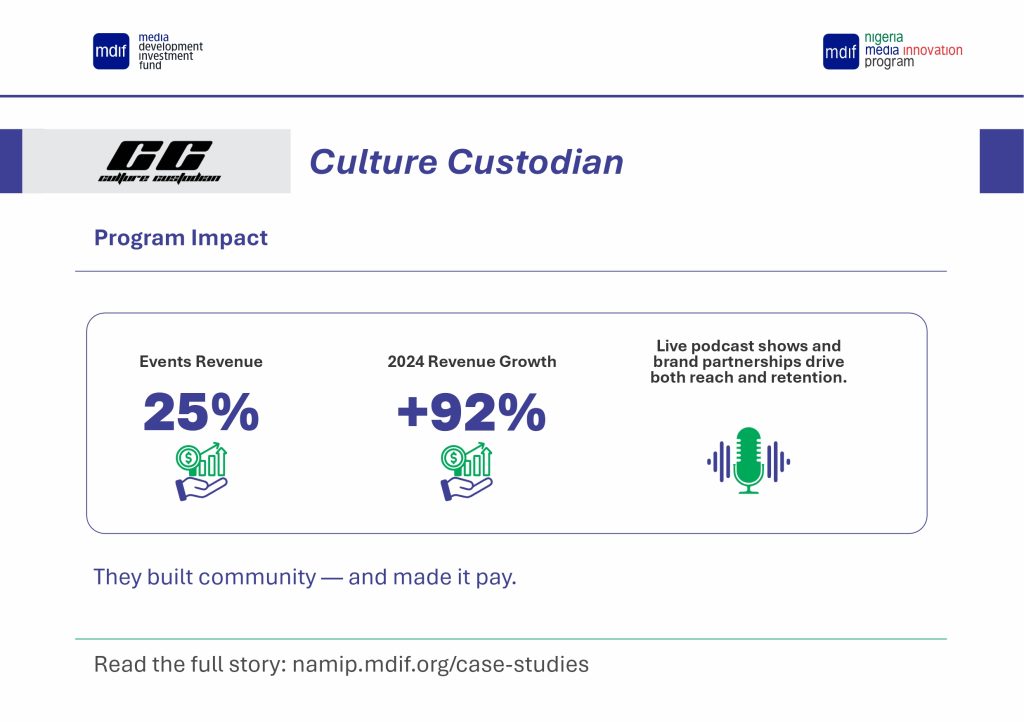
Lessons and Reflections
For Mayowa, Culture Custodian’s events strategy is ultimately about balance: between community and commerce, between accessibility and sustainability. His vision is not to pivot fully into events but to keep them as a core part of a multi-dimensional media business.
“People trust us. We’re not going to abuse that. If we bring them into something, they know what they’re getting,” he says.
Asked what others in the media ecosystem can learn from their journey, he emphasizes focus. “People are always looking for something different. If the value is clear, they’ll show up—and they’ll pay.”
The Culture Custodian story is a reminder that media is not just about content—it’s about connection. And in a landscape where funding is tight and attention is scarce, events can be a powerful way to do both.
Click Here to Download NAMIP’s 3 Year Impact Report

